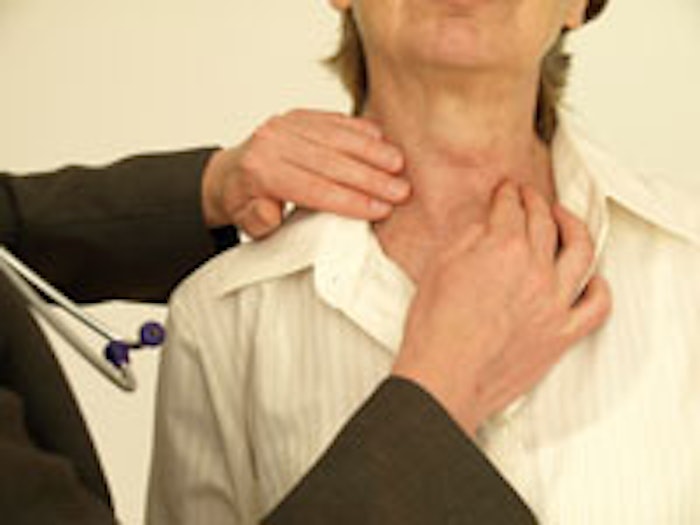
The late playwright Nora Ephron got it right when she said,”I feel bad about my neck.” In fact, this wry observation became the title of one her bestselling books of essays on aging. Ephron felt so betrayed by her sagging turkey neck that she was forced to sport turtle necks—even in the summer.
And she is far from alone.
There has been a spike of women in their 40s and 50s who are uber-selfconscious about the sagging or loosening of the skin below the chin or jaw. Some even notice cords or bands, which actually represent the weakening of the platysma muscle.
Unlike fine lines and wrinkles, you can’t just erase the waddle with injectables.
The only way to truly rein in this sagging is a neck lift. These can, and increasingly are, being performed as stand alone surgeries, says New York City facial plastic surgeon Sam Rizk, MD. His rapid recovery neck lift addresses the deeper tissues by starting under the muscle, and sliding it back into its original position. This means less bruising and swelling because the real work is being done under the muscle. The excess skin is then trimmed, resulting in a natural, softer look.
The advent of a 3D high definition telescope allows Rizk to view muscles, blood vessels and neck structures. He also uses endotine ribbons or flexible plastic cords that attach the soft tissues to the underlying muscles, holding them in their lifted position. “Tissue glue also allows us to avoid the use of drains,” he says. These sealants hold tissues close together so there is not extra space for fluid to build up. “No drains means a quicker recovery and fewer complications,” he says.
If the issue is localized fat pockets under the chin, liposuction alone may do the trick, he says. There are also some non invasive technologies that use ultrasound or radiofrequency energy to tighten and tone the neck. They target the collagen in the skin’s lower levels.
“Collagen is the main structural protein found in our skin,“ he says. "It is responsible for the supple elastic quality we associate with youth, but our collagen supply wanes with advancing age,” adds Rizk.










